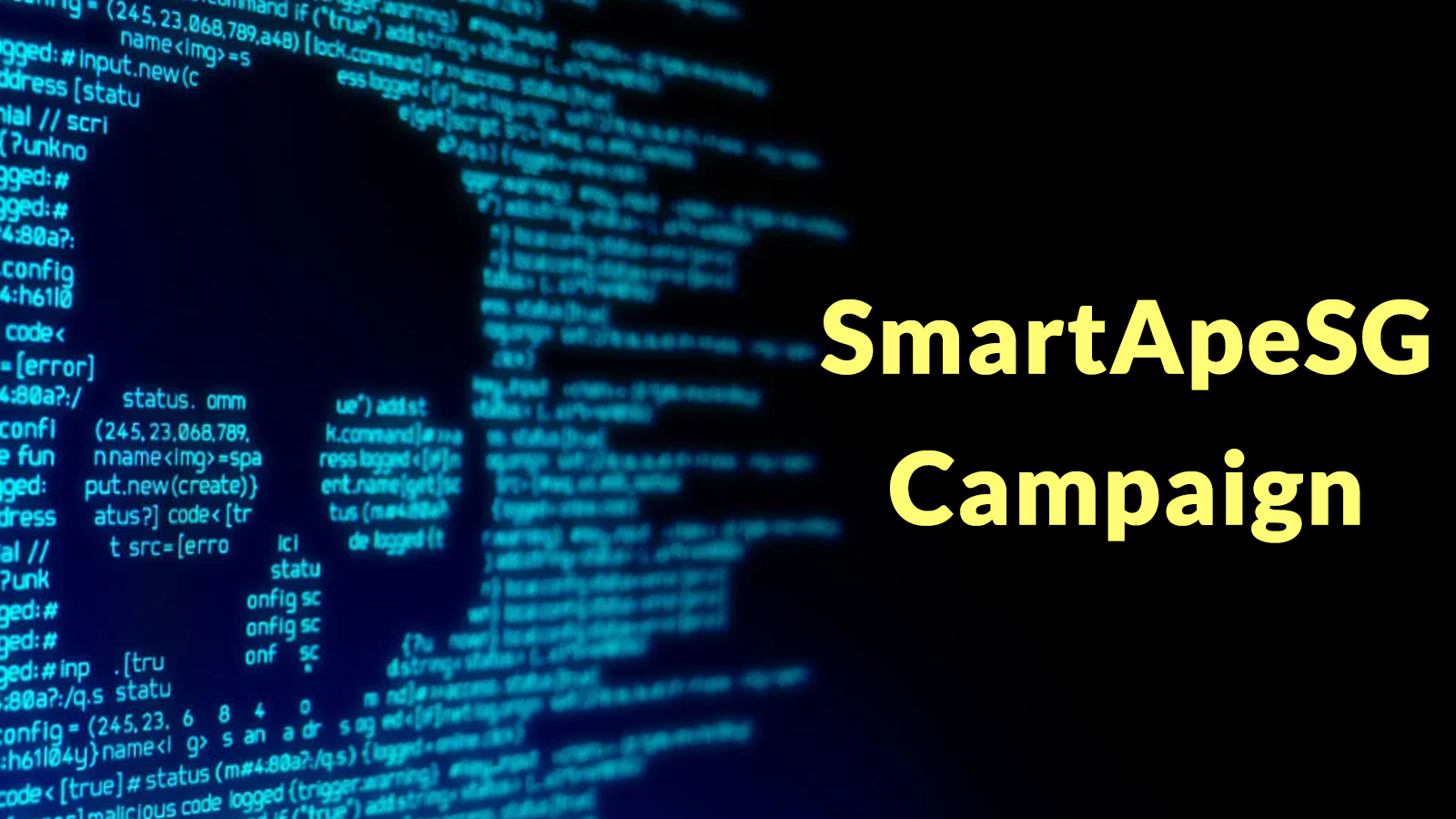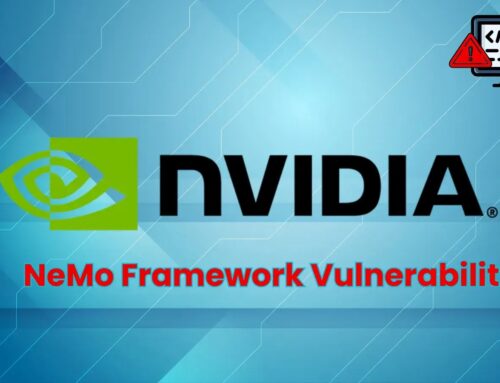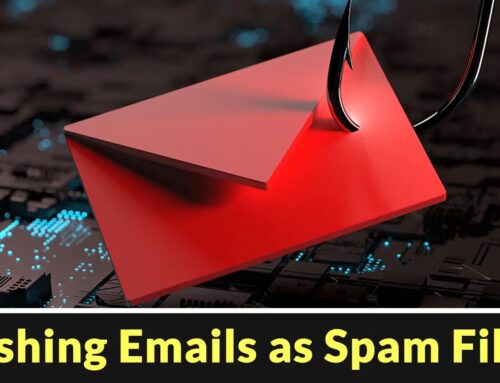
SmartApeSG Campaign Leverages ClickFix Technique to Deploy NetSupport RAT
Unmasking SmartApeSG: The Evolution of a Persistent Threat Leveraging ClickFix for NetSupport RAT Deployment
In the relentless landscape of cyber threats, adaptation is key to a campaign’s longevity. The SmartApeSG campaign, also known by the monikers ZPHP and HANEY MANEY, exemplifies this dynamic evolution. Initially surfacing in June 2024 with relatively straightforward tactics like fake browser update pages, SmartApeSG has since refined its approach, now deploying sophisticated ClickFix-style techniques to infiltrate Windows systems with the notorious NetSupport RAT. Understanding this shift is critical for any organization seeking to bolster its defenses against increasingly clever adversaries.
What is the SmartApeSG Campaign?
The SmartApeSG campaign represents a persistent threat group actively targeting Windows environments. While its initial reported activities involved deceptive browser update prompts, the group quickly transitioned to more advanced methods. This indicates a commitment to effectiveness and a willingness to invest in more intricate social engineering and technical evasion tactics.
The Deceit of the ClickFix Technique
The “ClickFix” technique employed by SmartApeSG marks a significant escalation in their attack methodology. Instead of relying on obvious malicious downloads, this approach tricks users into believing their system requires a “fix” or an urgent action. This often manifests as a seemingly legitimate pop-up or notification, guiding the user through a series of steps that ultimately lead to the deployment of the malicious payload. This method leverages psychological manipulation, preying on a user’s instinct to troubleshoot or rectify perceived system errors. By mimicking legitimate system processes or alerts, ClickFix bypasses some initial layers of skepticism that might accompany more traditional phishing attempts.
NetSupport RAT: The Payload of Choice
Once the ClickFix technique successfully compromises a system, SmartApeSG deploys the NetSupport RAT (Remote Access Trojan). NetSupport Manager is a legitimate remote control and desktop management software. However, in the hands of threat actors like SmartApeSG, it becomes a potent tool for illicit activities. A compromised NetSupport RAT grants attackers extensive control over the infected machine, including but not limited to:
- Remote desktop access and control
- File transfer and manipulation
- Keylogging and credential harvesting
- Execution of arbitrary commands
- Surveillance via webcam and microphone
The use of a legitimate tool repurposed for malicious ends makes detection more challenging, as standard security solutions might initially
flag it as benign system software.
Evolution of Attack Methods: From Simple to Sophisticated
The trajectory of the SmartApeSG campaign highlights a common trend in cybercrime: continuous adaptation. Shifting from rudimentary fake browser update pages to the more elaborate ClickFix technique demonstrates several key aspects of their operational strategy:
- Increased Evasion Capabilities: More sophisticated social engineering often bypasses initial user scrutiny that simpler phishing might not.
- Enhanced Persistence: Techniques that rely on user interaction under the guise of system remediation can lead to longer-term compromise.
- Professionalization of Operations: Investing in and implementing complex attack chains points to a more organized and resourceful threat group.
Remediation Actions and Proactive Defense
Defending against campaigns like SmartApeSG requires a multi-layered approach that combines technical controls with robust user education. There are no direct CVEs for a campaign like SmartApeSG, as it is a broader threat actor activity rather than a specific software vulnerability. However, mitigating the impact of the NetSupport RAT and the ClickFix technique involves several critical steps:
For Organizations:
- Endpoint Detection and Response (EDR): Implement EDR solutions to monitor endpoint activity for suspicious processes, network connections, and file modifications indicative of RAT activity.
- Intrusion Detection/Prevention Systems (IDS/IPS): Configure IDS/IPS to detect and block known command-and-control (C2) communications associated with NetSupport RAT and other malicious traffic patterns.
- Email and Web Filtering: Deploy robust email and web filtering to block malicious links and attachments that could initiate the ClickFix infection chain.
- Security Awareness Training: Conduct regular, up-to-date training for all employees on identifying phishing attempts, suspicious pop-ups, and the dangers of interacting with unsolicited system alerts. Emphasize verification of system messages with IT departments.
- Principle of Least Privilege: Ensure users operate with the minimum necessary permissions to perform their job functions, limiting the potential damage of a compromised account.
- Regular Software Updates and Patching: While not directly related to a specific vulnerability for SmartApeSG’s technique, keeping all operating systems and applications patched reduces the overall attack surface.
- Application Whitelisting: Consider implementing application whitelisting to prevent unauthorized or unknown executables, like a rogue NetSupport client, from running.
- Network Segmentation: Segment networks to contain potential breaches and limit lateral movement by attackers.
For Individuals:
- Exercise Extreme Caution: Be skeptical of any unexpected pop-ups, alerts, or messages claiming your system has an issue, especially those prompting immediate action.
- Verify Sources: If a message appears to be from a legitimate software or service, verify its authenticity by visiting the official website directly, rather than clicking links in the alert.
- Use Reputable Antivirus/Anti-Malware Software: Keep your security software updated and perform regular scans.
- Back Up Your Data: Regularly back up important files to an external drive or cloud service.
Tools for Detection and Mitigation
While no single tool guarantees complete protection, a combination of these can significantly enhance your defensive posture against threats like SmartApeSG:
| Tool Name | Purpose | Link |
|---|---|---|
| Endpoint Detection & Response (EDR) Solutions | Advanced threat detection, incident response, and endpoint visibility. | (Varies by vendor – e.g., CrowdStrike, SentinelOne, Microsoft Defender ATP) |
| Network Intrusion Detection/Prevention Systems (NIDS/NIPS) | Monitors network traffic for suspicious activity and blocks malicious connections. | (Varies by vendor – e.g., Snort, Suricata, Palo Alto Networks, Fortinet) |
| Email Security Gateways | Filters malicious emails, phishing attempts, and attachments. | (Varies by vendor – e.g., Proofpoint, Mimecast, Microsoft 365 Defender) |
| Web Application Firewalls (WAFs) | Protects web applications from various attacks, can help block malicious payloads served via compromised websites. | (Varies by vendor – e.g., Cloudflare, Akamai, Imperva) |
| Vulnerability Scanners | Identifies security weaknesses in systems and applications. | (e.g., Nessus, OpenVAS, Qualys) |
Conclusion: Staying Ahead of Evolving Threats
The SmartApeSG campaign’s pivot to the ClickFix technique demonstrates the ever-present need for vigilance and adaptable security strategies. As threat actors continue to refine their social engineering and technical approaches, organizations and individuals must prioritize robust security awareness training, implement comprehensive endpoint and network defenses, and maintain a proactive posture. Understanding the mechanics of these evolving threats, from initial compromise to payload deployment, is the first step in building resilient cyber defenses.





